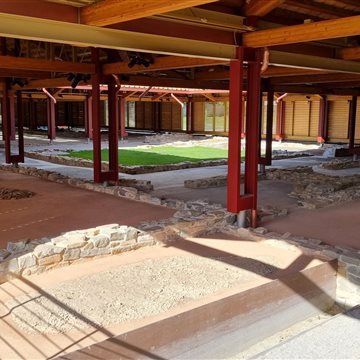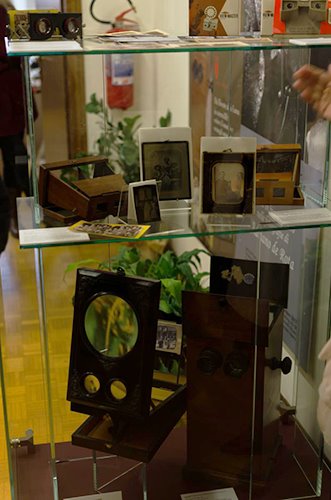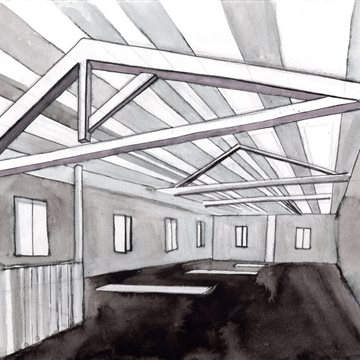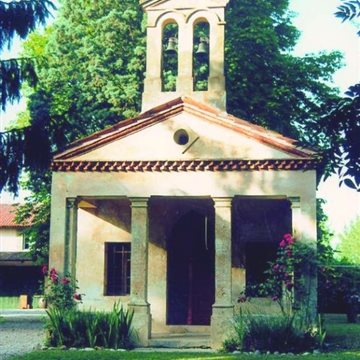 Lorenza Cesaratto
Lorenza Cesaratto
Aquileia, a treasure chest




“For teachers, I had my eyes,” Antonioni used to say, and it is through these that everything passes before before being imprinted and photographed. Pictures speak, and have always done so, resisting the passing of time, telling stories, capturing moments, making simple things important; this is the power of photography.
Photography is an ever-evolving story, with distant roots and inexhaustible appeal, a story made of diverse formats, techniques and uses that you can discover and touch at the Photographic Library of the Civici Musei di Storia ed Arte di in Trieste, located in the Palazzo Gopcevich on the Canal Grande. Here is gathered, preserved and visible for enjoyment one of the largest holdings of photographs in Friuli Venezia Giulia.
Formed at the beginning of the twentieth century, the Photo library currently has over two and a half million images – prints, daguerreotypes, ambrotypes, tintypes, stereoscopies – that document the history and evolution of photography. The archive has expanded its collections both through the documentation activities of the Civic Museums, and through agencies and collections donated and purchased.

The collections include unique testimonies of the artistic and urban heritage, in addition to great historical events, public and private ceremonies that tell the story of Trieste from 1840 to the present.
Stereoscopies and old plates attract attention alongside examples of bellows cameras, while the OWL model belonging to Brian May, the guitarist of Queen, allows the curious to try 3D vision.
The voyage of discovery amid the photographs continues amid shots of Miramare in the album of Sebastianutti, and in the holdings of Giornalfoto, DeRota and Borsatti.
A look into the past, a journey that opens its eyes, but above all that makes one aware of the importance of preserving memories.
Find out about the ideas and offers for this experience in Friuli Venezia Giulia

 Lorenza Cesaratto
Lorenza Cesaratto

 Giovanni Morassutti
Giovanni Morassutti

 Giovanni Morassutti
Giovanni Morassutti

 Giovanni Morassutti
Giovanni Morassutti
